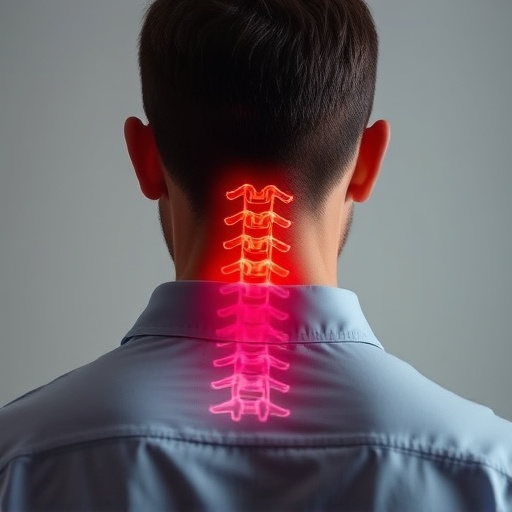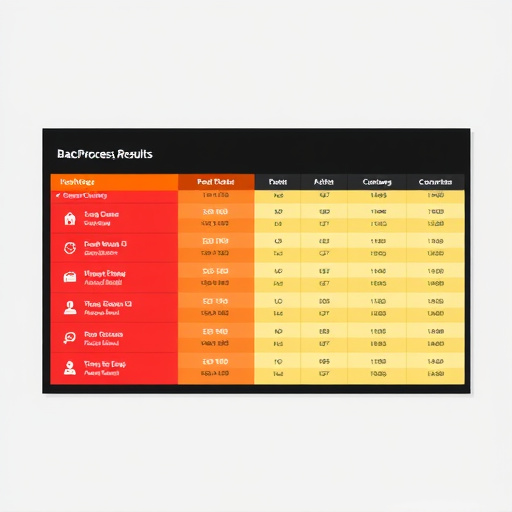Cold Air Intake (CAI) systems significantly enhance throttle response by drawing in cooler, denser air from outside the vehicle, optimizing engine combustion and reducing airflow restrictions. This upgrade improves power output, especially in low-to-mid RPM ranges, making CAIs suitable for both performance enthusiasts and everyday drivers seeking an enhanced driving experience. Advanced techniques like upgrading the throttle body or installing electronic throttle control (ETC) systems further minimize response time, while future technologies such as advanced fuel injection and precise ignition timing control promise even greater performance improvements.
“Unleashing peak performance from your vehicle’s engine starts with understanding the fundamentals of cold air intake (CAI) and throttle response. This article delves into these crucial components, offering insights on how they directly impact immediate power delivery.
We explore effective strategies to enhance CAI and throttle response improvement, providing a comprehensive guide for automotive enthusiasts seeking to boost their vehicle’s power. Additionally, we forecast future trends in power enhancement technologies, shedding light on what’s next in the pursuit of optimal engine performance.”
- Understanding Cold Air Intake and Throttle Response
- Strategies for Enhancing Immediate Power Delivery
- Best Practices and Future Trends in Power Enhancement Technologies
Understanding Cold Air Intake and Throttle Response

Cold Air Intake (CAI) and Throttle Response are key components in immediate power delivery enhancement for vehicles. CAI optimizes engine intake by drawing in cooler, denser air from outside the vehicle, increasing the oxygen available for combustion. This simple modification can significantly improve throttle response, allowing for quicker acceleration and a more responsive driving experience.
By replacing the stock air intake system with a high-flow CAI, engineers can create a more direct path for air to enter the engine. This reduces restrictions in the airflow, enabling faster intake of air during acceleration. Improved throttle response is particularly noticeable in low-to-mid RPM ranges where drivers often demand quick power outputs, making it an effective modification for both performance and everyday driving.
Strategies for Enhancing Immediate Power Delivery

Enhancing immediate power delivery involves a combination of techniques that optimize engine performance at low and high speeds. One effective strategy is to incorporate a cold air intake system, which draws in cooler, denser air to increase oxygen availability for combustion, thereby boosting power output. This modification improves throttle response, enabling quicker acceleration and smoother power delivery across the entire RPM range.
Additionally, throttle response improvement plays a pivotal role. Upgrading the throttle body or installing an electronic throttle control (ETC) system can significantly enhance engine responsiveness. These upgrades minimize the delay between driver input and actual power delivery, resulting in snappier acceleration and improved drivability. By integrating these strategies, vehicles can achieve more immediate power, enhancing both performance and the overall driving experience.
Best Practices and Future Trends in Power Enhancement Technologies

In the realm of immediate power delivery enhancement, best practices often lie in leveraging simple yet effective techniques like optimizing air intake. Implementing a cold air intake system can significantly improve throttle response by delivering cooler and denser air to the engine, enhancing combustion efficiency. This straightforward modification yields tangible results in terms of increased horsepower and torque, making it a popular choice among enthusiasts and professionals alike.
Looking ahead at future trends, technological advancements continue to push the boundaries of power enhancement. Innovations such as advanced fuel injection systems and precise ignition timing control promise even greater improvements in engine performance. Additionally, the integration of hybrid and electric technologies is revolutionizing the way we think about power delivery, offering not only enhanced efficiency but also remarkable throttle response characteristics. These developments underscore the dynamic nature of the industry, where continuous innovation ensures that power enhancement technologies remain at the forefront of automotive engineering.
In conclusion, enhancing immediate power delivery through strategies like Cold Air Intake (CAI) and improving throttle response is a dynamic field. By understanding the fundamentals of CAI and its impact on engine performance, along with adopting best practices and staying informed about future trends, automotive enthusiasts can unlock optimal vehicle dynamics. These improvements not only boost acceleration but also contribute to a more engaging driving experience, solidifying CAI as a key technology in the pursuit of efficient and responsive power delivery.














